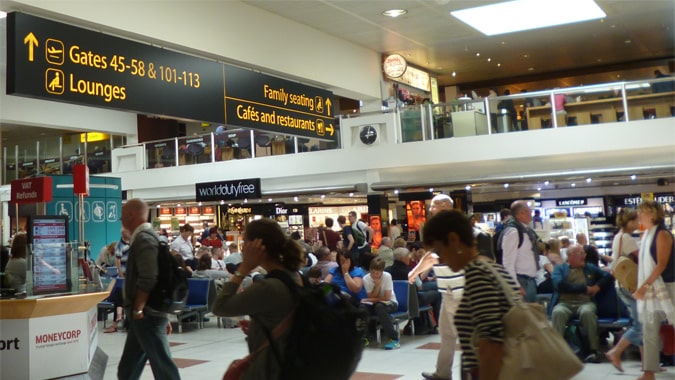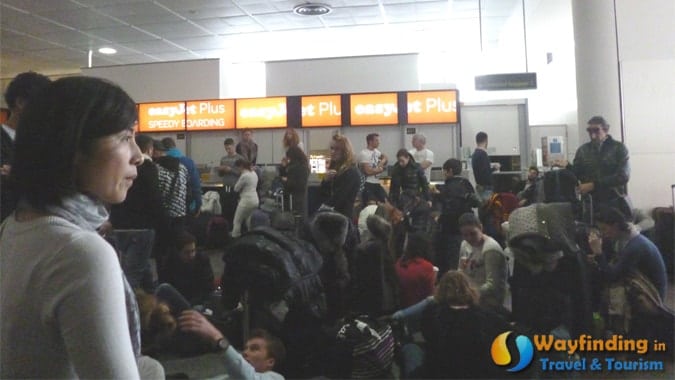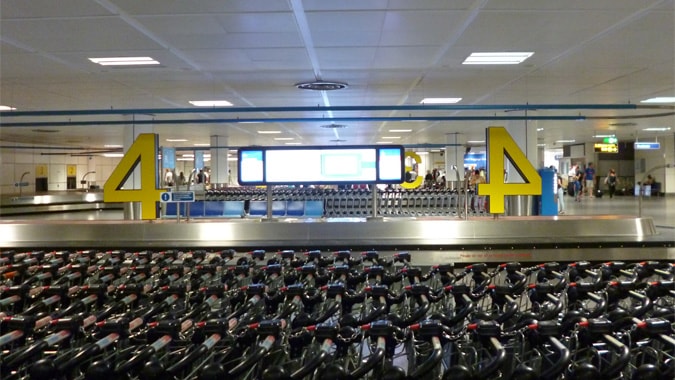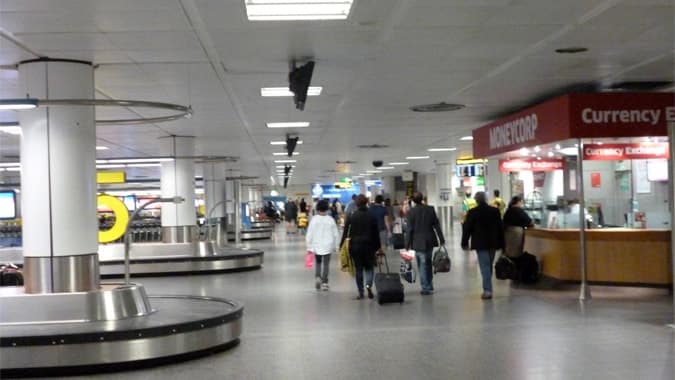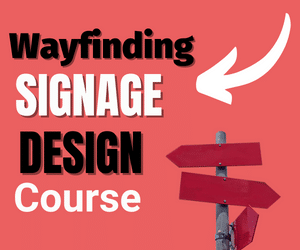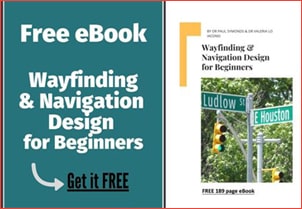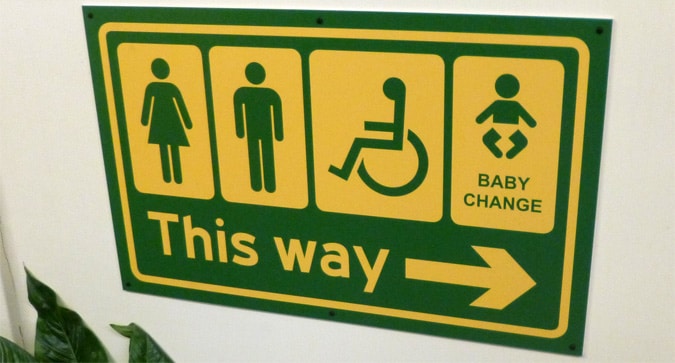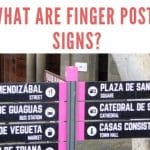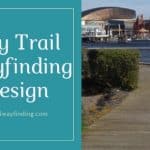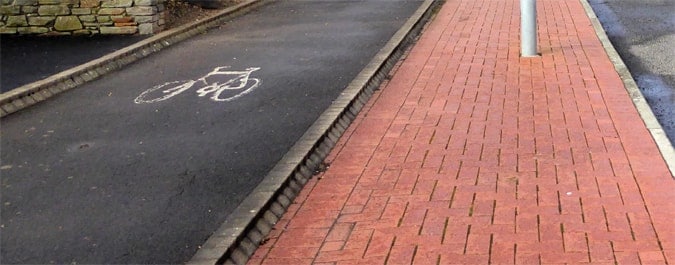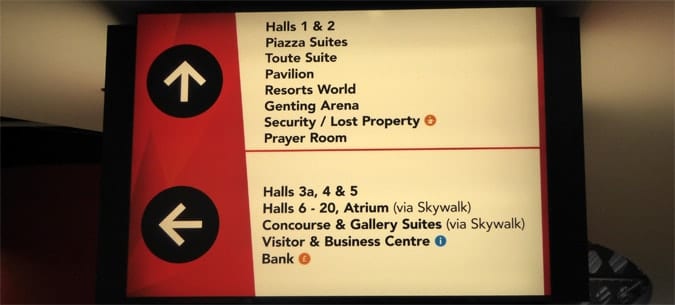Last Updated on June 23, 2023
Wayfinding is much more than just guiding people! How?
As a manager in a location, you have the ability to use routes to improve the UX use experience. And through doing so, such as through developing a heritage narrative along the route, you improve opportunities to commercial your location. This is explained further below!
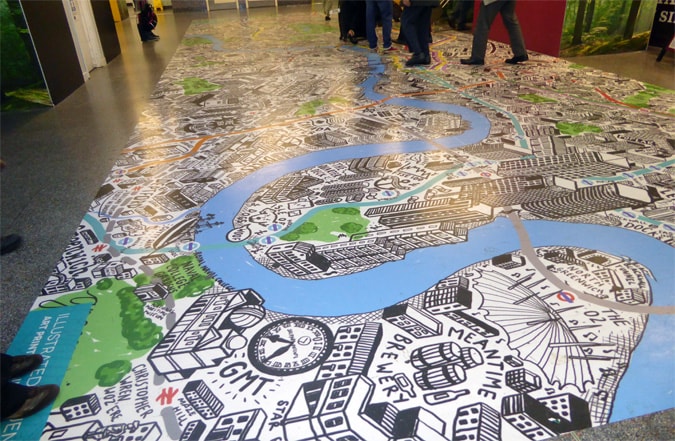
Table of Contents
Why Heritage is Useful in Navigation and Wayfinding
In order to really get the most out of wayfinding, i.e. to:
- Provide your users with the very best possible experience (so that they want to re-use your venue or location as a return customer).
- Commercialize your location by making the experience from A to B an enjoyable one.
Studies have shown that the more relaxed we are, the more likely we are to spend money.
Create a narrative as a part of your wayfinding system and you have the opportunity to subconsciously draw users in, in such as way that you create a real experience for them.
Make the journey a fun or an interesting one for them and they will be more relaxed and more likely to also return. Some airports focus this narrative such that it is aimed at children.
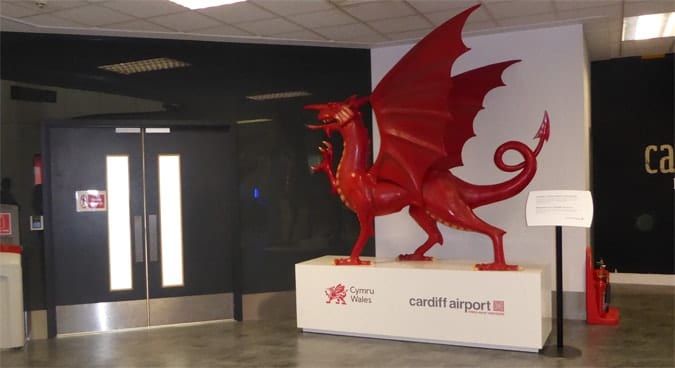
Happy children mean happier parents and this can have a quite profound experience of how your location is perceived.
Users who find a route between A and B to be stressful will most often find a place to use as a base (such as by the departure gate if using an airport) and are much less likely to explore the location if any part of the route has been stressful.
Building a narrative is certainly one way to improve the positive experience and through this, commercial opportunities.
One of the great things about building a narrative into your wayfinding system is that it does NOT need to be expensive!
A lot of the props and tools that you can use to do this are often inexpensive to produce.
If we take an airport as an example, most passengers are looking for an experience hence why they are traveling, most often for holiday and vacation purposes.
How to Build a Narrative With Wayfinding Signage
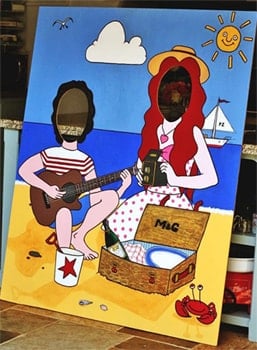
There are numerous ways to develop a wayfinding narrative and one quite popular and effective way is to tap into the local heritage and culture.
A person who has visited Wales, UK, for example, most likely would likely enjoy taking a photograph next to a huge dragon.
So why not brand it with the airport name to remind them of the airport when they look at the photos later on in the future).
An airport in Hawaii might choose a Hawaiian ‘Face-in-the-hole’ board to engage with passengers to develop the Hawaiian experience.
You might also choose to punctuate the route with other heritage-based props including dancers (see a great post on this on worlddanceheritage.org).
Heritage provides something unique to a location and is thus always a wonderful way of creating this wayfinding narrative.
A transport hub, such as an airport in Hawaii, will have a quite different culture from an airport in Wales, the UK, or from Bangkok, Thailand.
There is a wonderful opportunity thus to make the route between A and B (in this case through an airport) more than just a dull route.
There are many ways to get creative without affecting the standard wayfinding signage, which we of course still need for guiding users through the main areas of a location, i.e. from check-in through to security and then to their departure gate.
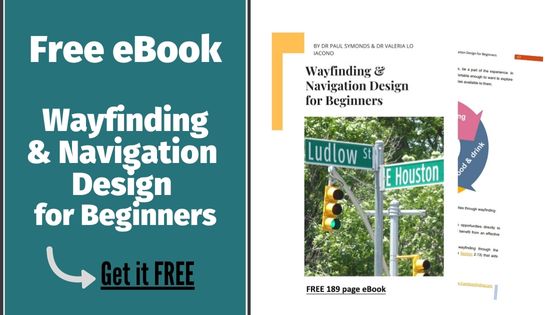
Remember though that within these main routes there are heuristic routes.
By this it means that there will be many mini wayfinding tasks in addition, such as when trying to find a toilet (restroom), trying to find a shop or a place to eat.
So the trick in wayfinding is to create easy-to-use signage, use of space, and use of human interaction to direct and guide people through your space.
But also to build that into a narrative that creates the experience around it.
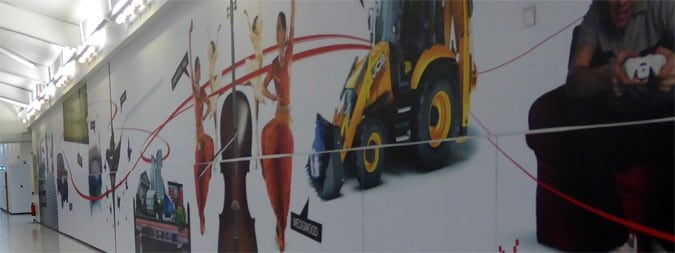
Questions to Ask Yourself
lf you are looking to build a heritage narrative into your wayfinding system, ask yourself the following questions:
- What local heritage can be incorporated into your location?
- How can you make the experience a more memorable one for users, including from photographs and other ways in which people document their memories and engage with social media?
- What commercial opportunities can you tie into the heritage opportunities?
- In multi-user locations, how can you use narrative to improve the experience for children, for those with disabilities and so on?
- How can you connect advertising opportunities with the local heritage?
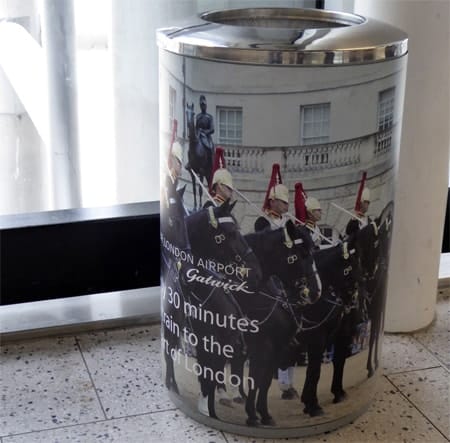
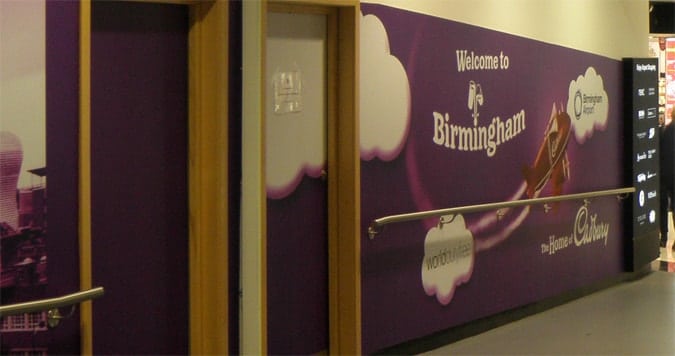
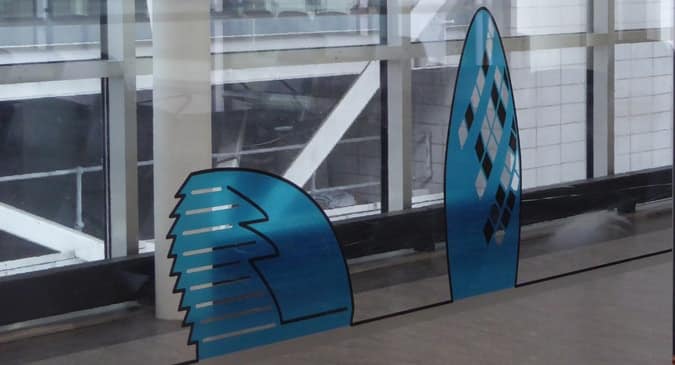
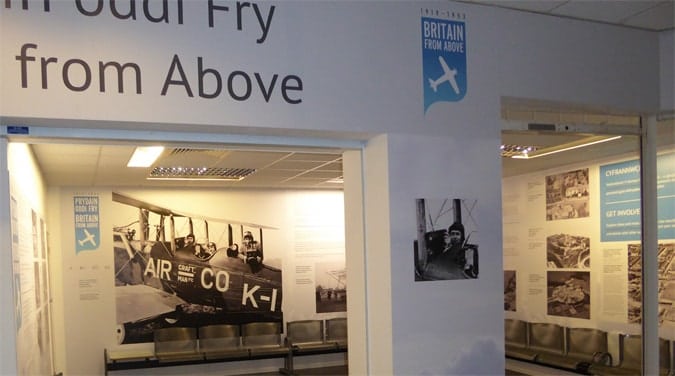
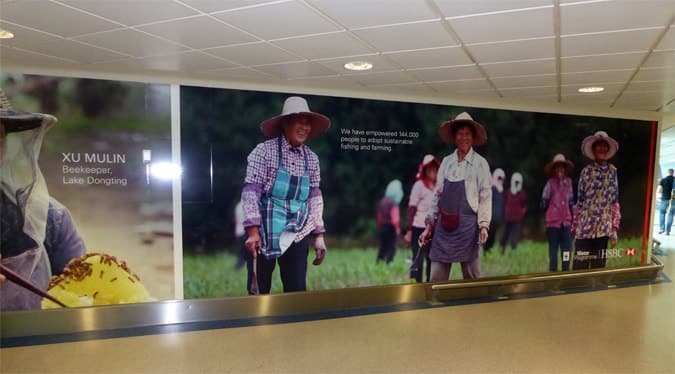
Wayfinding Needs to Include a Narrative
The key is that if you are installing or designing a wayfinding or navigation system that is intended for guiding people, the best and most effective system is when you include narrative into the design.
Getting A to B is only one consideration because as you might imagine, there is very often a commercial opportunity with wayfinding.
Consider guiding people in an airport for example, between check-in and the point at which the person boards a plane, you want the person also to spend money.
Particularly so when many airports take a percentage from retail sales within the airport.
So you will be looking to guide people such that they shop and have to walk through the Duty-Free area.
Likewise, you will want to have food outlets at points in the airport at which people will be comfortable to easily find their departure gate, without getting lost.
The narrative is important here because to make the user feel comfortable and relaxed (people spend more money when relaxed studies show) you can use narrative to take the person on a journey as it were, from A to B.
To do this you can create points of interest along the way and add to their overall experience.
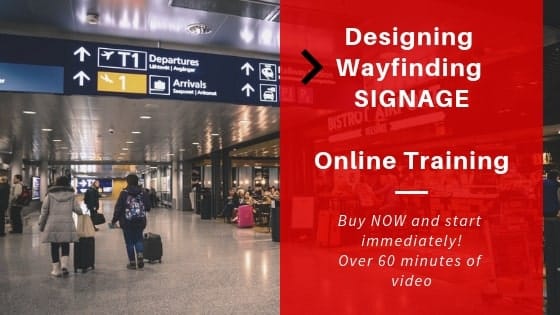
Dr Paul Symonds has a PhD in Wayfinding from Cardiff Metropolitan University in the UK. Paul works with the signage industry, airports and other locations providing wayfinding audits, consultancy and training.

